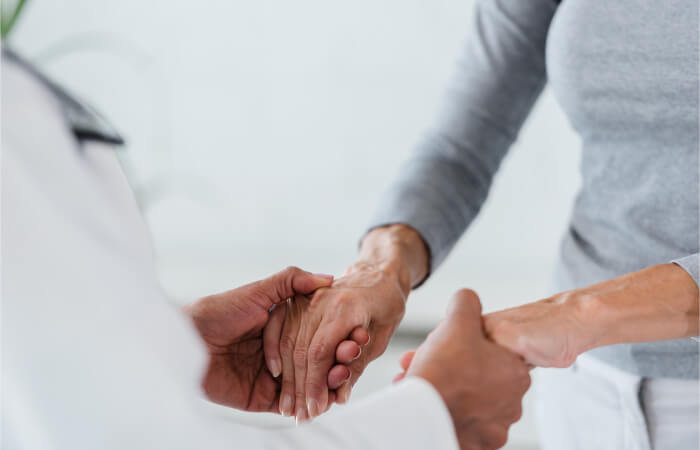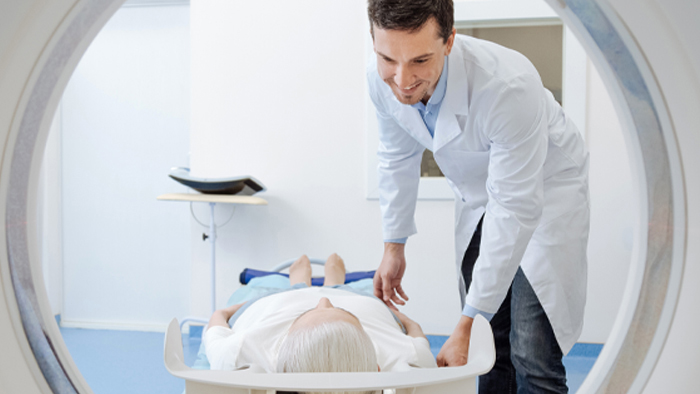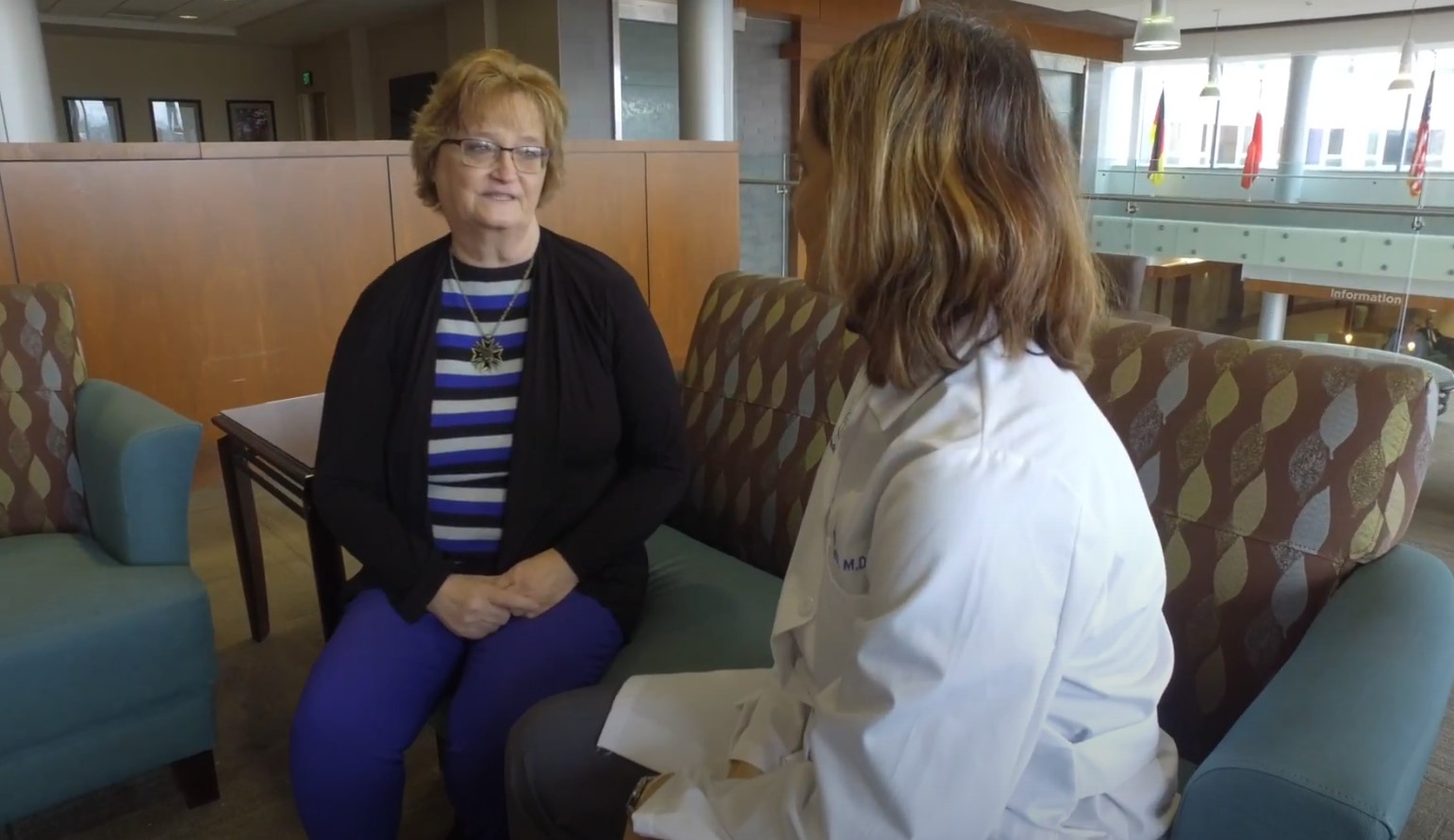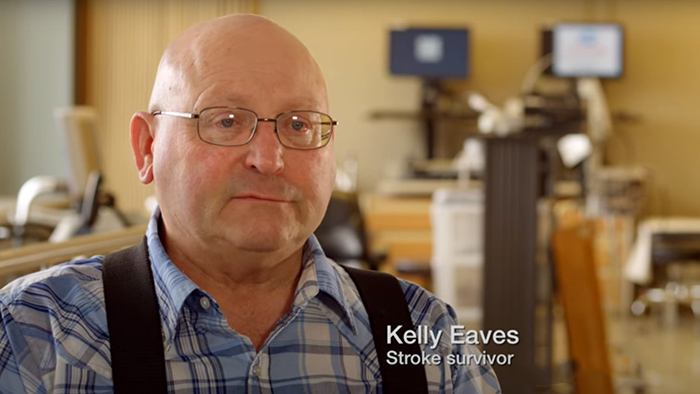Your specialized stroke care begins the moment you enter our emergency department (ED). Suspected stroke patients are sent immediately for a CT scan of the head, and the results are obtained from the radiologist within minutes of completion.
While the patient is still in the ED, the emergency department physician will make contact with a neurologist who specializes in stroke, a neurosurgeon or a stroke interventionalist based upon the results of the patient’s CT scan. Stroke care decisions are made immediately upon receiving the CT scan images, lab results and the patient’s overall condition.
Timing is of particular importance for stroke patients as those who present within 4.5 hours of symptom onset are prime candidates for the drug tissue plasminogen activator (t-PA). T-PA is a game-changing stroke treatment that helps dissolves clots and restores blood flow to the brain tissue that is dying from lack of oxygen.
Our Guidelines
The nurses and physicians within the emergency department follow a specialized set of guidelines as recommended by the American Stroke Association and the American Heart Association, which are reviewed on a regular basis by specialists worldwide.





